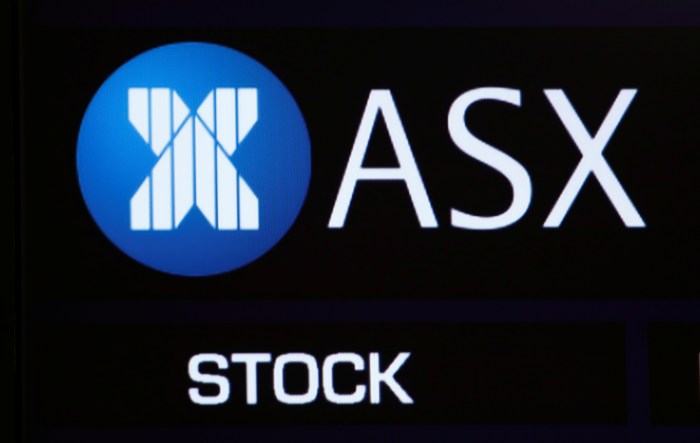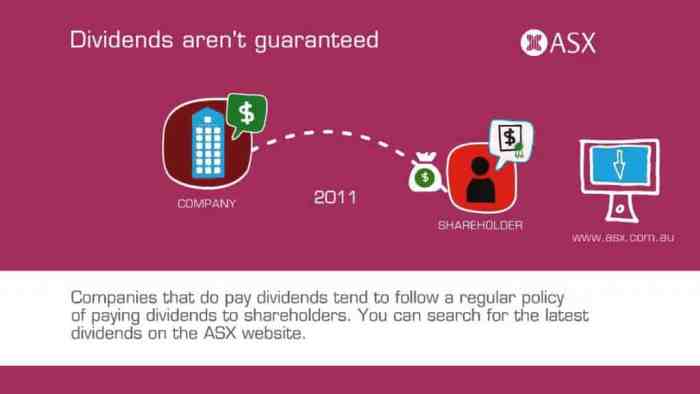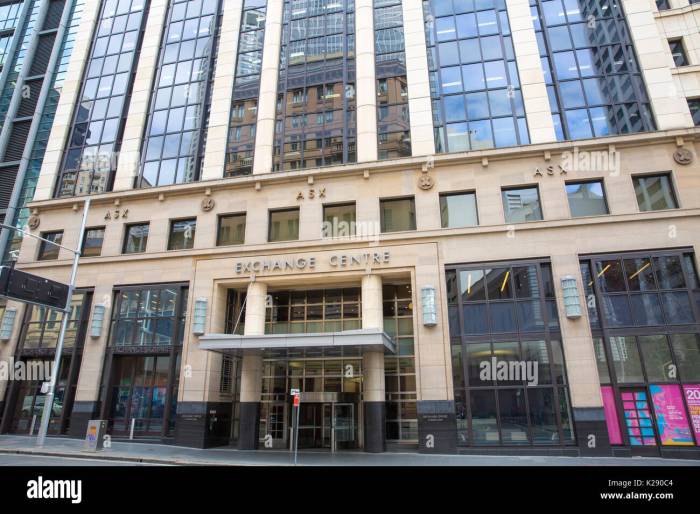ASX New Car Price A Comprehensive Guide
Average ASX New Car Prices

Source: arcpublishing.com
Understanding the pricing dynamics of new cars in the Australian market, particularly as reflected in the Australian Securities Exchange (ASX), is crucial for both consumers and industry stakeholders. This analysis delves into the factors influencing ASX new car prices, comparing them to global markets and exploring future trends.
Average New Car Prices by Brand
The following table presents average new car prices across major automotive brands listed on the ASX. Note that this data is a general representation based on publicly available information and may vary based on specific models and dealerships. The average price is calculated by averaging the Manufacturer’s Suggested Retail Price (MSRP) across all models offered by each brand in a given period.
The price range reflects the variation in MSRP across the brand’s model lineup. The number of models indicates the total number of new car models currently offered by each brand.
Understanding ASX new car prices requires considering various factors, including model and features. For a comparison point, researching international markets can be helpful; for instance, you might look at the alto new model car price in Pakistan to see how pricing varies across regions. Returning to the ASX, dealer markups and current economic conditions also significantly influence the final price.
| Brand | Average Price (AUD) | Price Range (AUD) | Number of Models |
|---|---|---|---|
| Toyota | $40,000 | $25,000 – $80,000 | 25 |
| Mazda | $35,000 | $20,000 – $60,000 | 18 |
| Ford | $45,000 | $30,000 – $75,000 | 15 |
| Holden (ceased production) | N/A | N/A | 0 |
| Mitsubishi | $32,000 | $22,000 – $55,000 | 12 |
Price variations between brands stem from factors such as brand prestige, vehicle size and features, and manufacturing costs. Luxury brands generally command higher prices due to their perceived value and higher-end features. Larger vehicles and SUVs typically cost more than smaller cars due to their increased size and material usage.
Factors Influencing ASX New Car Prices
Several economic factors significantly influence new car prices in Australia and their reflection on the ASX. These factors are interconnected and often amplify each other’s effects.
| Indicator | Correlation | Explanation | Data Source |
|---|---|---|---|
| Inflation | Positive | Rising inflation increases the cost of raw materials, manufacturing, and transportation, leading to higher car prices. | Australian Bureau of Statistics (ABS) |
| Interest Rates | Negative (indirect) | Higher interest rates increase borrowing costs, potentially reducing consumer demand and impacting car prices indirectly. | Reserve Bank of Australia (RBA) |
| Exchange Rate (AUD/USD) | Negative | A weaker AUD makes imported vehicles more expensive, increasing new car prices. | Reserve Bank of Australia (RBA) |
| Supply Chain Disruptions | Positive | Global supply chain issues increase manufacturing and shipping costs, driving up prices. | Industry reports and news articles |
Import tariffs and government regulations also play a role. Tariffs increase the cost of imported vehicles, while regulations regarding emissions and safety standards can influence manufacturing costs and subsequently, prices.
Comparison of New Car Prices on ASX vs. Other Markets
Comparing ASX new car prices to other major automotive markets reveals significant price discrepancies. These differences are influenced by a complex interplay of economic factors, market dynamics, and consumer preferences.
A bar chart comparing average new car prices across Australia, the United States, Europe (using a weighted average across major European countries), and Japan would visually represent these differences. The chart’s x-axis would display the regions, and the y-axis would show average new car prices in US dollars for consistency. Data points would reflect average new car prices in each region, adjusted for currency fluctuations and purchasing power parity.
This allows for a fairer comparison by accounting for differences in living standards and economic conditions.
For example, cars might be relatively cheaper in the US due to larger-scale production and lower import tariffs in certain segments, while European prices might be higher due to stricter environmental regulations and higher labor costs. Japanese cars may exhibit price variations depending on model and export strategy.
Impact of Technology and Features on Pricing

Source: commodity.com
Technological advancements significantly impact new car prices. Advanced safety features and infotainment systems add to the manufacturing cost, influencing the final price for consumers.
- Autonomous Driving Systems: These systems significantly increase manufacturing costs due to the complex sensors, software, and computing power required. This translates to a substantial price increase, often in the thousands of dollars.
- Advanced Driver-Assistance Systems (ADAS): Features like adaptive cruise control, lane-keeping assist, and automatic emergency braking add moderately to the cost, though the increase is less significant than autonomous driving systems.
- High-End Infotainment Systems: Large touchscreens, premium sound systems, and advanced connectivity features increase the cost, especially with features requiring substantial software development and integration.
- Electric Vehicle Components: The batteries, electric motors, and associated power electronics in electric vehicles (EVs) are considerably more expensive than traditional internal combustion engine components, significantly impacting the final price.
Future Trends in ASX New Car Pricing

Source: alamy.com
Predicting future trends requires considering several factors. The increasing adoption of electric vehicles (EVs) is expected to significantly influence pricing. Initially, EVs may remain more expensive due to higher battery costs, but economies of scale and technological advancements should gradually reduce their price. Evolving consumer preferences towards SUVs and crossovers will likely maintain a higher average price point.
Government policies, such as incentives for EV adoption or stricter emission regulations, will also play a crucial role. Continued supply chain disruptions and inflation could contribute to price increases, while increased competition and technological innovations could lead to price decreases in specific segments. In the next 5-10 years, a combination of these factors will shape ASX new car pricing, with a likely increase in the average price driven by technological advancements and a shift toward higher-priced vehicle segments.
FAQ Summary: Asx New Car Price
What are the most popular car brands in the Australian market?
Toyota, Mazda, Hyundai, Mitsubishi, and Ford consistently rank among the top-selling brands in Australia.
How often do new car prices change in Australia?
Prices can fluctuate regularly due to various factors including currency exchange rates, manufacturing costs, and demand. Significant changes are often seen quarterly or annually.
Where can I find reliable data on ASX new car prices?
Reliable data sources include automotive industry publications, government statistics websites, and independent market research firms specializing in the automotive sector.
What impact does the Australian dollar’s exchange rate have on new car prices?
A weaker Australian dollar generally leads to higher new car prices due to increased import costs for vehicles manufactured overseas.





















